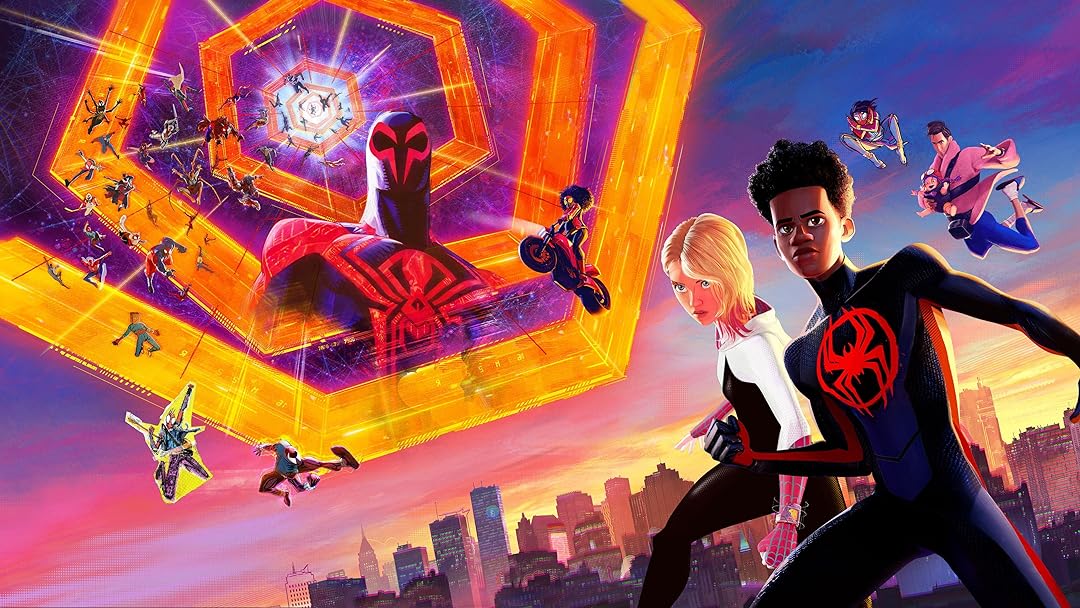Events like the Fall of Lordaeron and the Battle of Mount Hyjal showcase the grand scale of conflict within the WarCraft universe. These moments are not merely background details; they shape the world, influencing the direction of character development and future content.
From a personal perspective, the emotion conveyed through these narratives enhances the connection to the game. Engaging with the lore transforms simple gameplay into a rich storytelling experience, making every quest feel meaningful PG88
The Gameplay Experience WarCraft
While the lore and storylines are integral to WarCraft’s appeal, the gameplay mechanics are equally important. The combination of strategy, exploration, and social interaction creates a uniquely engaging experience.
Mechanics of Strategy Games
WarCraft employs various strategic mechanics that challenge players to think critically and plan ahead. Resource management is key; players must gather materials, build structures, and train units to prevail in combat.
The need to adapt strategies based on the strengths and weaknesses of opposing factions adds an extra layer of complexity. Players must constantly evaluate their options and make tactical decisions under pressure.
Furthermore, the inclusion of hero units—powerful characters with unique abilities—adds a strategic element to battles. It encourages players to think creatively about how they deploy their forces and manage risks.
Exploration and Quests WarCraft
In World of Warcraft, players are invited to explore vast lands filled with diverse environments, from lush forests to desolate deserts. The world design showcases stunning detail, creating an immersive experience that encourages discovery.
Quests are a fundamental component of gameplay, providing players with objectives that often intertwine with the broader lore. Completing quests rewards players with experience points, loot, and progression, fostering a sense of accomplishment.
What stands out is the sheer variety of quests available. From simple delivery tasks to complex story-driven missions, there is always something for players to engage with. This diversity keeps the gameplay fresh and exciting, preventing monotony during extended play sessions.
Social Dynamics and Multiplayer
The multiplayer aspect of WarCraft revolutionized how players interact with one another. Forming parties and guilds allows for collaborative gameplay experiences, amplifying the enjoyment and camaraderie among players.
Group activities like raids and battlegrounds require teamwork and coordination. The necessity to communicate and strategize with others establishes bonds and friendships, enriching the gaming experience.
Reflecting on the social dynamics of WarCraft, it’s evident that these connections fuel player retention. The shared victories and defeats cultivate a sense of belonging, transforming the game from a solitary pastime into a vibrant community experience.
Conclusion
In conclusion, WarCraft is much more than just a game; it is a cultural touchstone that has shaped the gaming industry for decades. Its origins as a real-time strategy game paved the way for an MMORPG phenomenon, captivating players with its rich lore, engaging gameplay, and dynamic community.
Through the evolution of its titles, WarCraft remains relevant and beloved by gamers around the world. The intricate narratives, iconic characters, and strategic mechanics create an immersive experience that resonates deeply with players.
The legacy of WarCraft continues to thrive, and its impact is felt across various media and genres. As new generations discover the magic of WarCraft, its story will undoubtedly continue to unfold, inviting players to join the adventure in the enchanting world of Azeroth.



